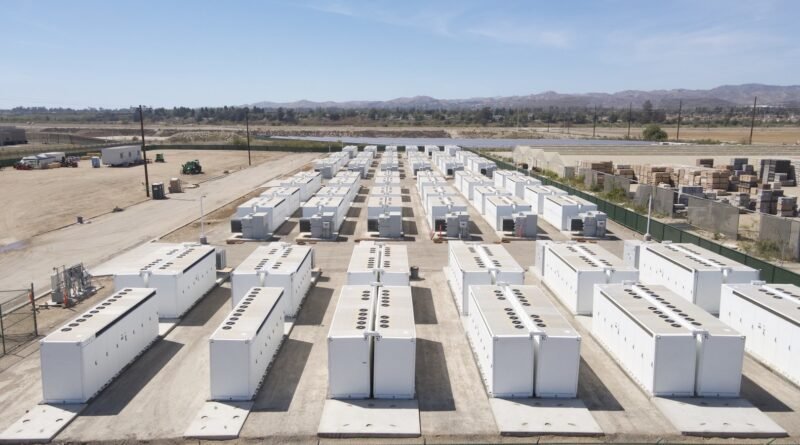California Passes Legislation to Address Safety Concerns at Battery Energy Storage Facilities
Senate Bill 38
In early October, California’s governor gave the nod to Senate Bill 38, a new law aimed at ensuring safety in the thriving battery energy storage (BESS) industry across the state. This law ushers in a requirement that every battery energy storage facility in California must get its act together when it comes to emergency response and action plans. The facility’s owner or operator needs to team up with local emergency management agencies, unified program agencies, and local first responders to hash out the nitty-gritty of their emergency plan, and then submit it to the local county (and city, if applicable). So, what does this plan need to cover?
Key points of the bill:
- It’s got to follow the rules laid out in the Labor Code’s Sections 142.3 and 6401, and any related regulations.
- It’s got to line up with the regulatory requirements for emergency action plans outlined in Title 8, Section 3220 of the California Code of Regulations.
- It needs to detail how to respond if the equipment has a hiccup or stops working altogether.
- The plan must include steps to keep nearby residents, neighboring properties, emergency responders, and the environment safe. Local emergency management agencies should have a say in these procedures.
- Lastly, the plan has to set out how the battery storage facility will stay in the loop with local emergency management agencies, especially when things hit the fan.
On top of that, these plans should also consider what happens when the effects spill beyond the facility itself. This means thinking about things like air quality, threats to local water supplies, water runoff, and possible harm to natural waterways. Plus, these plans can even include how local emergency responders might tell people to stay put or shut down roads, if that’s necessary.
Also Read About –
Power Electronics and Smart Inverters, NREL Advancement
Battery Storage Developers need to be on their Toes
While it’s true that many local authorities were already asking battery storage facilities to get their emergency response and action plans in order, California’s new Public Utilities Code changes could bring more consistency and predictability to these plans. But, keep in mind that it might take some time for local authorities to get the hang of these new rules, which could lead to delays or bumps in the road when trying to get your plan approved. Battery storage developers and contractors need to be on their toes, considering these fresh requirements and thinking ahead to make sure they fit the need to create and get these plans green-lighted by local authorities.




